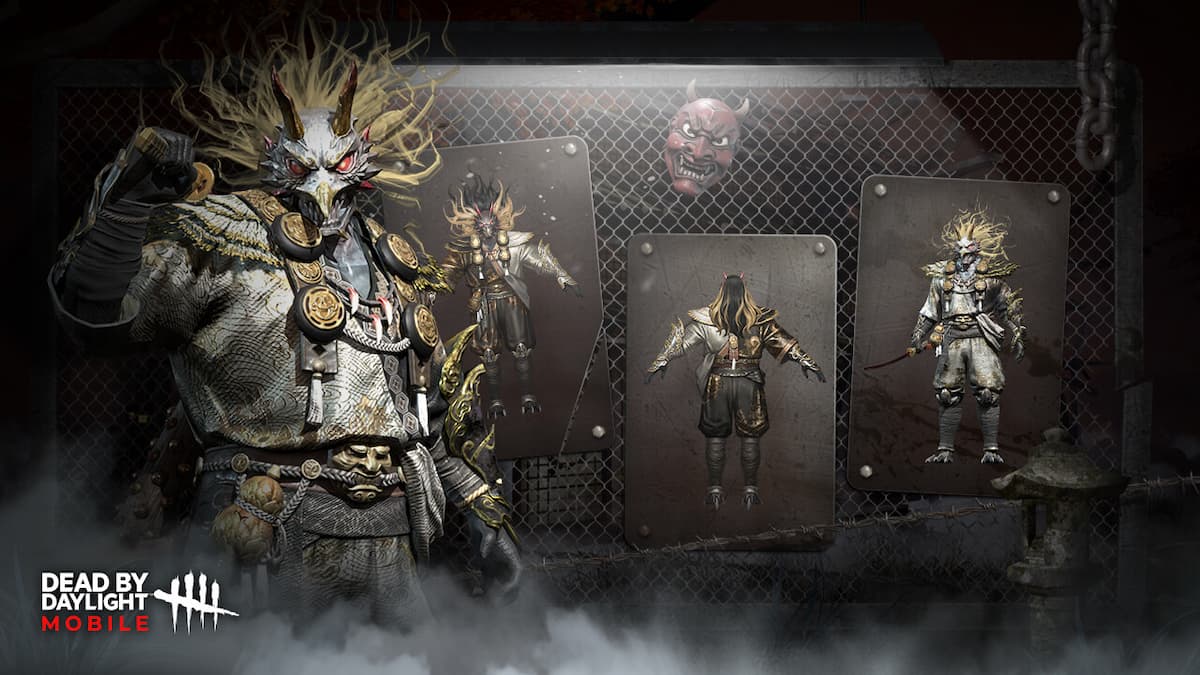I still remember conducting my first interview. I thought it’d be simple; so simple, in fact, that I didn’t even bother to write down any questions.
…it didn’t go that well. As the years went on, I interviewed celebrities in the music, comedy, movie, and video game industries (Kelly Clarkson, Carlos Mencia, Coldplay, Celtic Woman, David Jaffe, Colin Mochrie, Jenova Chen, etc.), and I learned a few things.
Now, around fourteen years later, I can say with confidence that I’ve honed my interviewing skills and coupled them with my knowledge of content creation. Combining the two is absolutely essential for all budding journalists today, especially video game journalists.
What will you ask when you finally get a chance to interview a Hideo Kojima or Peter Molyneux? How will you approach it? What can make that interview stand out in the minds of the interviewee and your readers? There are several tips to consider:
1. Never ask a “yes”or no” question; keep them TALKING
It’s a rookie mistake and it typically results in a lack of useful quotes. It’s also boring for the interviewee, which you’ll soon hear in the tone of voice if you continue your litany of “yes or no” queries. While it’s likely that your subject will elaborate on his or her answer, you’re still giving them the option to provide you with a one-word – and totally useless – reply.
However, as always, there are exceptions to every rule. For instance, a simple “yes” or “no” response to “Are you going to make a Final Fantasy VII remake?” is enough for an eye-catching headline. Even then, though, you probably want to follow up with more questions, right?
The best way to do that is to give them open-ended questions. Not, “Do you like microtransactions?” but rather, “What are your thoughts on the microtransaction business model?” Yes, both questions could generate the same result, but you never know; your interviewee could be having a bad day, he or she might be in a rush, etc. You can never be certain, so for the most part, stick to open-ended questions.
2. It’s not an oral exam, it’s a discussion

The vast majority of my best headlines came from a style of interviewing that I call conversational as opposed to a rapid-fire Q&A. The reason for this is simple: The more they talk, the more likely they are to say something you’ve never heard. Thing is, a lot of these people have been interviewed countless times and of course, they’ve answered the same sets of questions over and over. Therefore, many of their responses, even if they don’t intend them to be repetitive, are indeed mechanically uttered. It’s routine.
You want to break free of that routine. Ask your question, but always try to add to their response. It can even help to interrupt (but be careful that you don’t do it too often), because A. It proves you’re listening and not just copying down their words, and B. It provides a tangent opportunity.
For instance, if you’re asking a developer a question concerning artificial intelligence, and he, somewhat predictably, talks about how important it is, you can pop in with: “I have to say, AI is just one of those things that can either fully immerse me, or totally take me out of a game.” Doesn’t matter if it’s true; it can easily generate more commentary, and it shakes the interviewee out of their comfort zone.
I’ve completed interviews where I walked away or hung up the phone and went:
“What the hell did we even talk about?”
The answer was, unfortunately, “not much that was interesting.” If you ask what everybody else asks and you provide nothing new, you’re going to end up with some seriously boring responses, and no chance at creating multiple traffic-driving headlines. You’ve got to jar them loose; get them out of that comfort zone and suddenly, the interview will take on an entirely new dynamic. It’ll be more like a chat rather than a question-and-answer session. And I tell you, the interviewee always appreciates that.
Remember your goal…
Sometimes, it’s easy to lose sight of that goal. If you’re trying to produce content that is designed to attract readers, you need attractive headlines, right? That being the case, you want to construct your questions that will most likely result in what I like to call “clickable answers.” A great quote will get people to click on your article. They may not read the entire interview but you know what? Doesn’t matter. They already clicked.
Don’t try to dig too deep for these “clickable answers,” though. After you interview for a while, you’ll sense when an interviewee has resolved not to give you anything more. You’ll also sense when your subject is perhaps more talkative than normal.
Use all these tips to give yourself another shot at a future interview. Do it right, and they’ll always be happy to talk again. And of course, that’s precisely what you want. 🙂









Published: Apr 2, 2014 03:14 pm